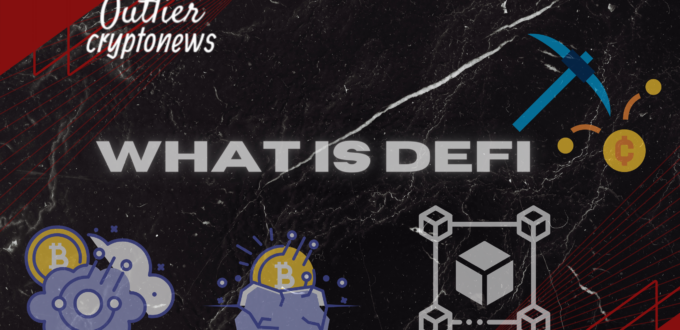In the ever-evolving landscape of digital finance, cryptocurrencies have emerged as a transformative force, captivating both investors and researchers alike with their unprecedented volatility and market dynamics. Among the various aspects that intrigue financial analysts, volatility spillovers among cryptocurrency time series are a critical area of study. Understanding how volatility in one cryptocurrency affects others […]
You are browsing archives for
Category: Blog
Cryptocurrency Investment Opportunities ...
The speedy rise of cryptocurrency has sent alarms through the traditional financial landscape system. Bitcoin, the first and most famous cryptocurrency, has captivated investors with its skyrocketing value, while newer projects explore innovative applications beyond just a digital currency. This digital asset class presents a double-edged sword for investors, brimming with potential opportunities while also […]
Defi Reimagining Finance for a Decentral...
The financial world is on the verge of a revolution. Decentralized finance (DeFi) is emerging as a powerful force, challenging the traditional, centralized systems that have dominated for decades. But what exactly is DeFi, and why is it important? This blog post will delve into the core principles of DeFi, explore its potential to reshape […]
Decentralization The Cornerstone of Cryp...
Cryptocurrency and blockchain technology is full of technical vocabulary and is full of complex concepts. But beneath the surface of all the buzzwords lies a core principle that defines crypto’s very essence: decentralization. Decentralization refers to the distribution of control and decision-making across a network instead of concentrating it in the hands of a single […]
Understanding Blockchain Forks and Their...
Blockchain technology, the foundation of cryptocurrencies like Bitcoin and Ethereum, is renowned for its security and transparency. But within this seemingly unyielding structure lies a concept known as a “fork” – a point of divergence that can create ripples throughout the crypto landscape. Understanding blockchain forks is crucial for anyone navigating the ever-evolving world of […]
Unveiling the Boons and Banes of Cryptoc...
Cryptocurrency. The term itself conjures images of digital gold rushes and enigmatic online transactions. But what exactly is cryptocurrency, and is it a revolutionary financial tool or a volatile gamble? Let’s explore the world of crypto, and its potential benefits and some drawbacks. The Allure of Crypto: A Decentralized Revolution As a core concept cryptocurrency […]






